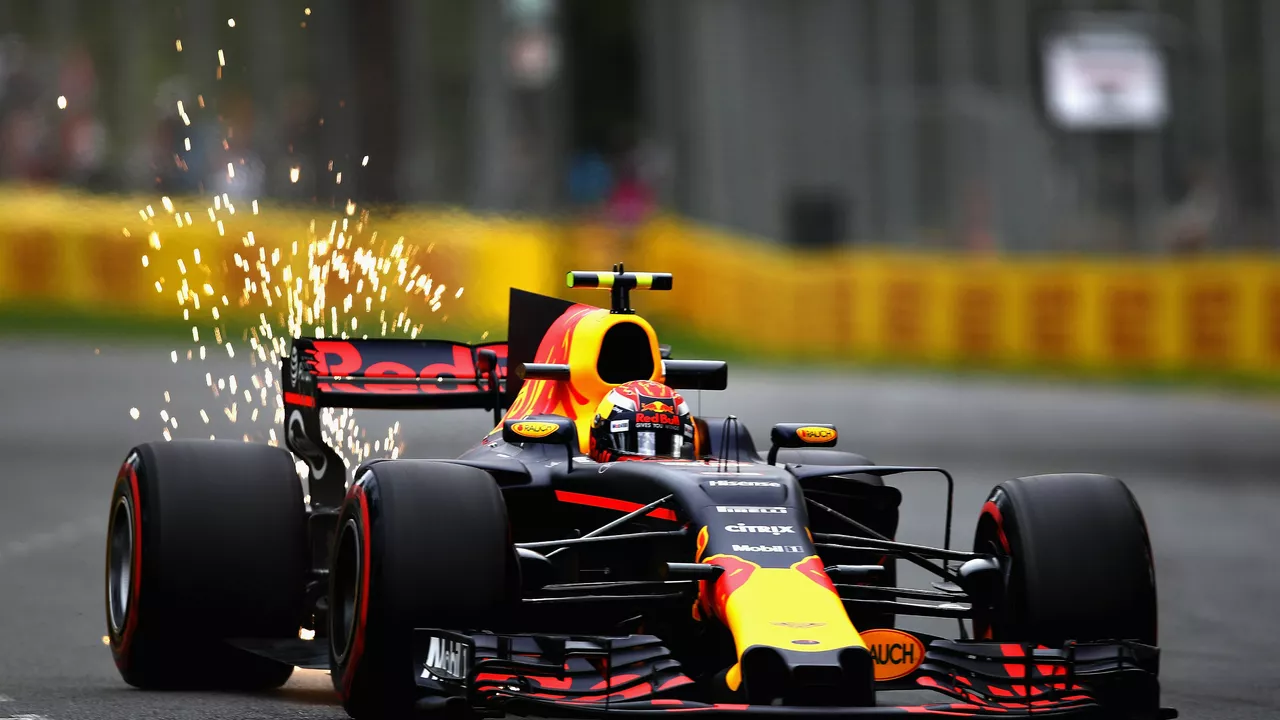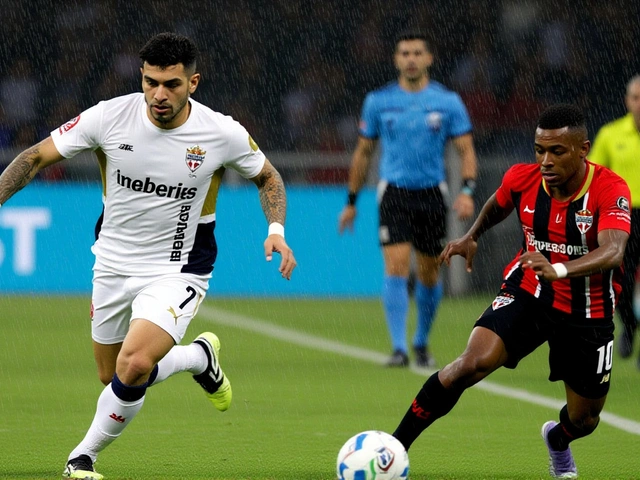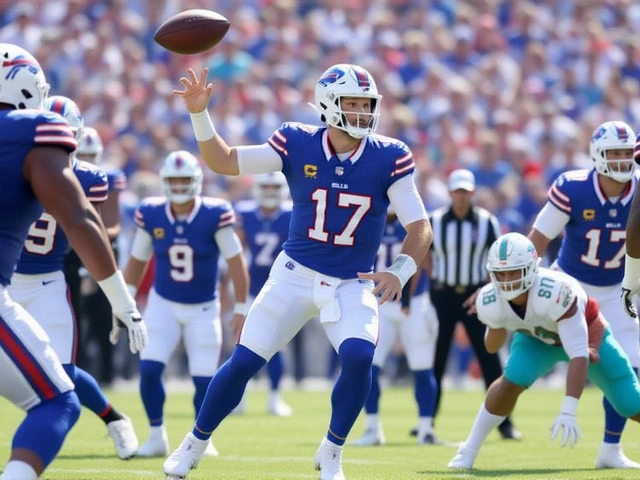Naming Origin: How Subaru Names Its Motorsport Cars
Ever wonder why a Subaru WRX STI sounds like a secret code? The answer lies in a mix of tradition, engineering goals, and a dash of marketing flair. In this guide we’ll break down the most common parts of Subaru’s race‑car names, so you can read them like a pro.
The History Behind the Letters and Numbers
Subaru started using letter‑number combos back in the 1970s. WRX stands for World Rally eXperimental, a name that tells you the car was built for rally stages. The STI suffix adds Subaru Tecnica International, the division that turns road‑ready models into track monsters. When you see a "S201" or "R2000" you’re looking at a chassis code that references a specific generation or engine displacement.
What the Names Tell You About the Car
Each piece of the name gives a clue. If a model includes “Turbo” you know there’s forced induction, while “GT” usually means a focus on speed and handling rather than pure off‑road grit. Numbers often match the engine size in liters (like 2.5 for a 2.5‑litre boxer) or the year the model debuted (e.g., 2023). Knowing this helps you pick the right car for your track goals without digging through specs sheets.
Subaru also loves nodding to its heritage. The iconic “Boxer” engine gets a shout‑out in names like “Boxer‑tuned” or simply “Boxer”. It’s a reminder that the flat‑four layout gives a low centre of gravity, which is why Subaru cars feel planted on twisty roads.
In the world of motorsport, sponsors often add a tag to the name. A “Lexus‑backed” or “Mitsubishi‑supported” label tells you who’s footing the bill and possibly which parts are being used. Those extra words don’t change the core performance, but they do affect the car’s branding and sometimes the livery you’ll see on the track.
So how can you use this knowledge? When you’re browsing a showroom or a race‑day program, spot the letters first. WRX means rally‑ready, STI means race‑tuned, GT hints at a speed‑focused setup. Then glance at the numbers to gauge engine size or model year. Finally, check for any sponsor or special edition wording that might add unique features.
Understanding naming origin helps you talk the talk with fellow fans, choose the right car for a garage build, or simply appreciate the thought that goes into each badge. Next time you hear “Subaru WRX STI” you’ll know it’s not just a cool sound—it’s a concise story about rally roots, a turbocharged boxer, and the tech team that makes it race‑ready.
Got a favorite Subaru name you’ve always wondered about? Drop it in the comments and we’ll break it down together.

Why is car racing called 'Formula 1' and some other 'formulas'?
In my recent deep dive into the world of car racing, I discovered why it's called 'Formula 1' and how other 'formulas' fit into the mix. The 'formula' refers to the specific set of rules each car must follow, with '1' indicating it's the highest level of international racing. Other formulas, like Formula 2 and 3, also exist, each with their own set of regulations but are considered lower tiers. The numbering essentially represents the hierarchy in the racing world. So, when we talk about Formula 1, we're referring to the pinnacle of international car racing, bound by a unique set of rules.
CONTINUE READING



